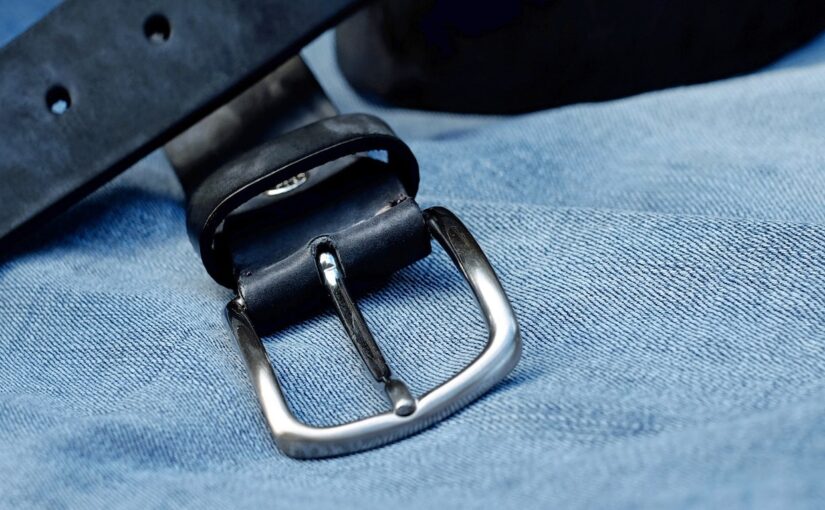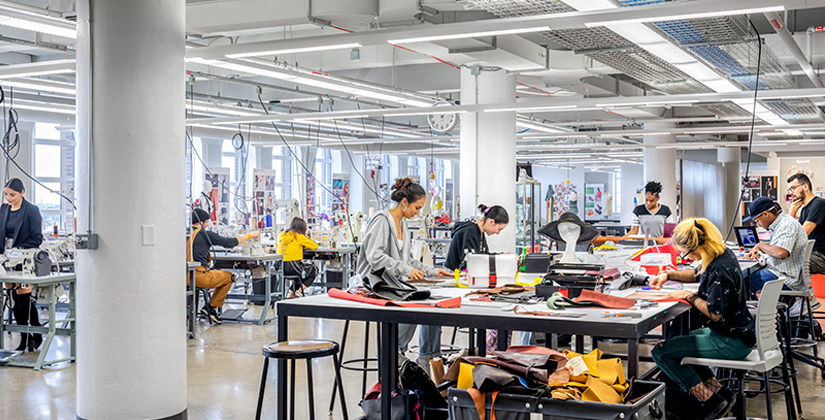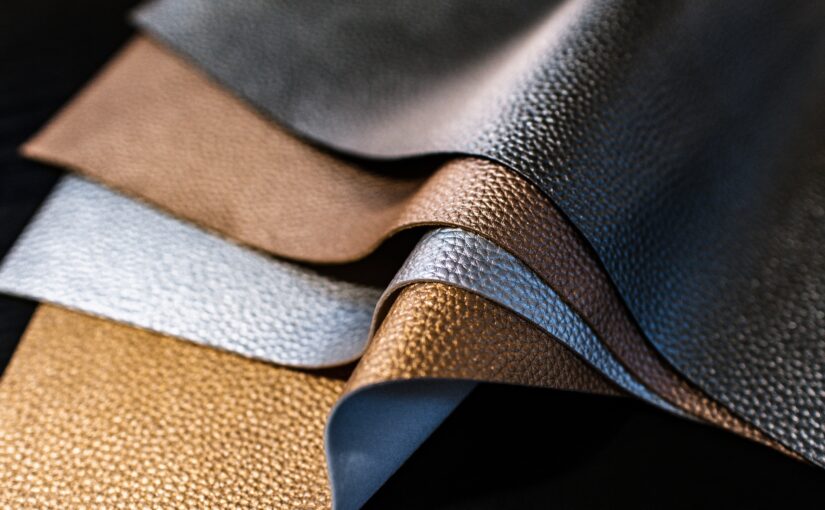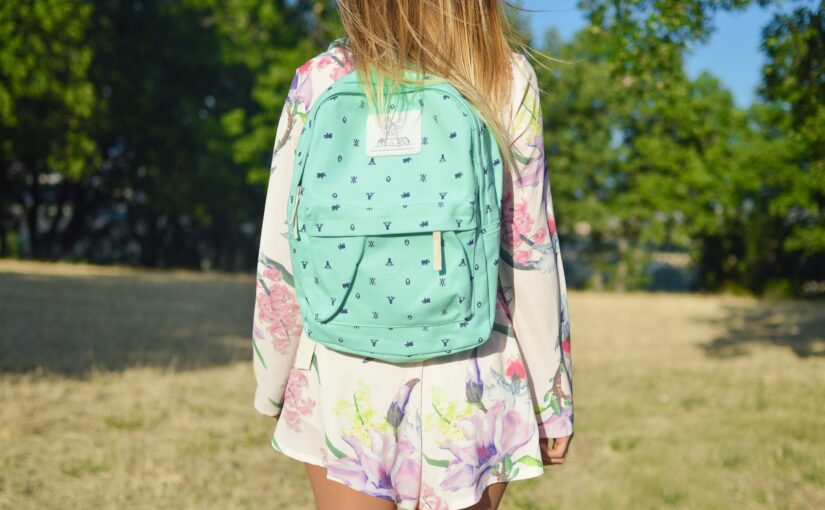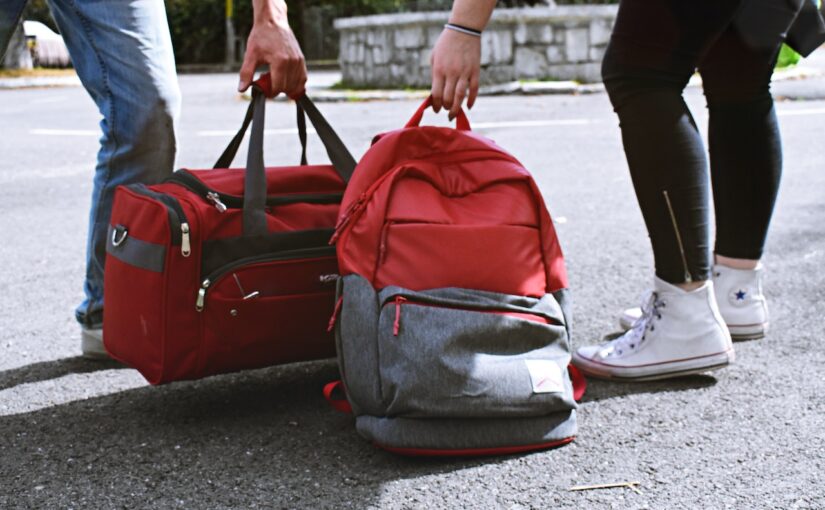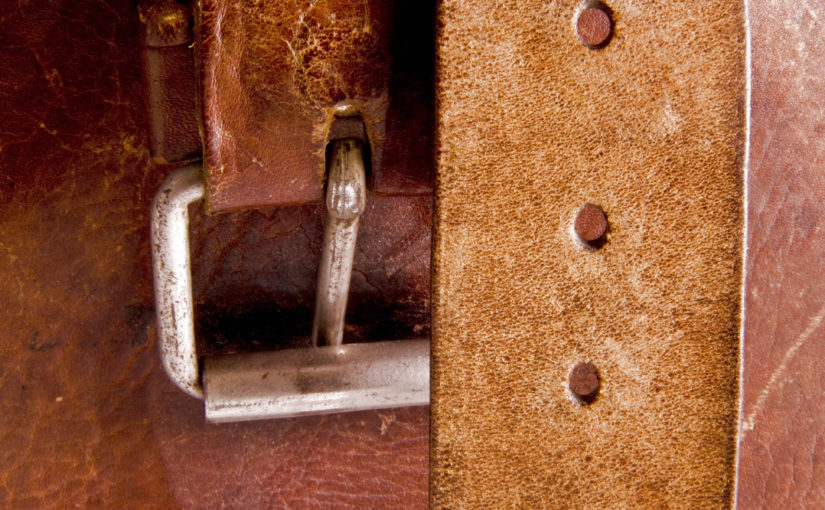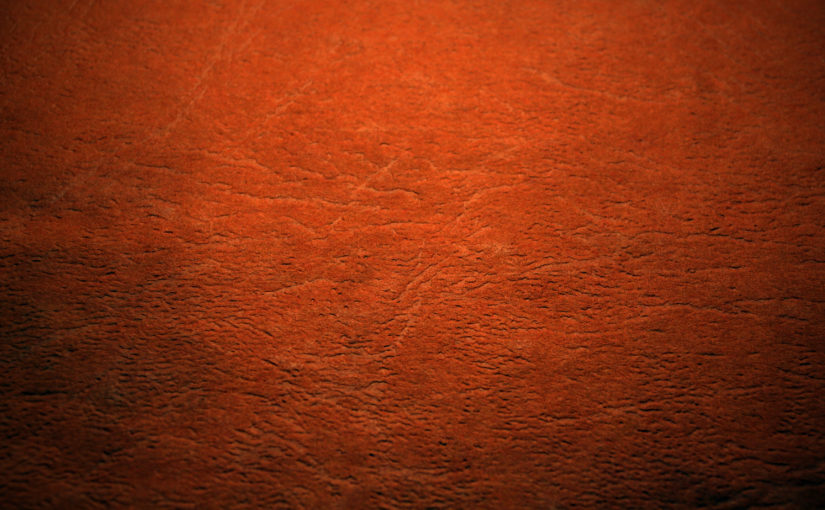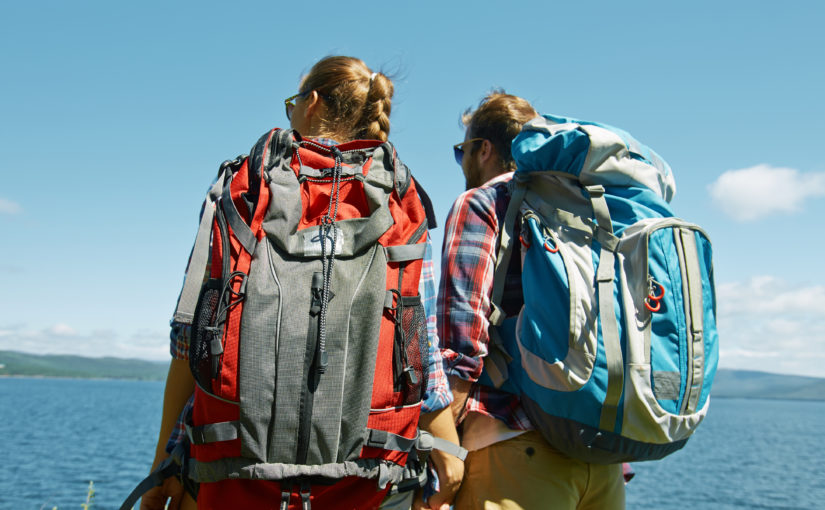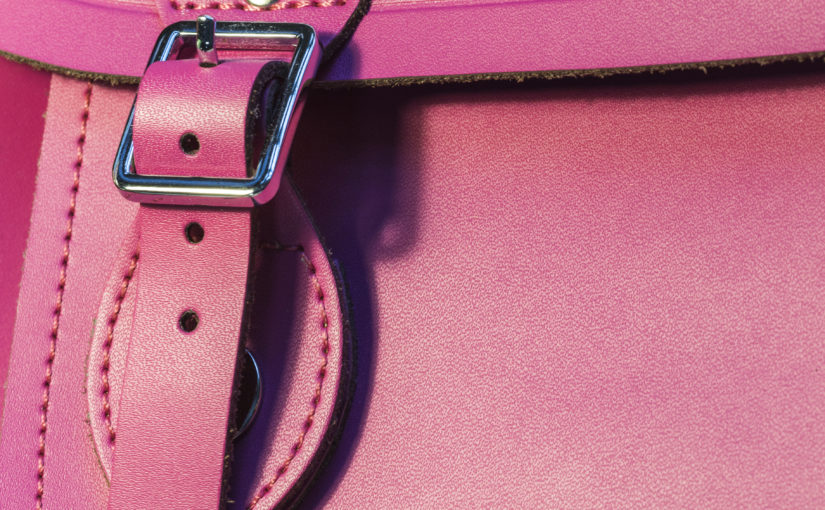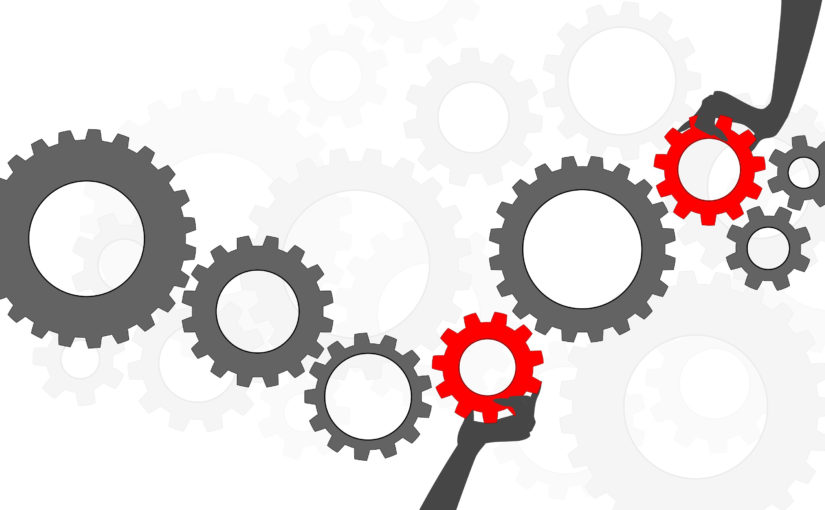Startups often face numerous challenges in establishing themselves, especially in competitive sectors like fashion, industrial design, and home goods. Softline Brand Partners has recognized this challenge and responded with a dedicated program to aid aspiring entrepreneurs. Softline for Startups offers tech pack assistance, sourcing support, and sampling solutions, leveraging industry-recognized expertise to help transform ideas into reality.
Welcome to Softline for Startups
Softline Brand Partners’ newest offering is a beacon for passionate entrepreneurs. Tailored to help small businesses and startups make their mark, Softline for Startups extends expertise, support, and resources to turn visions into tangible products.
Techpack Assistance, Sourcing Support, and Sampling Solutions
Navigating the early stages of business development requires precision and guidance. Softline’s program includes:
- Techpack Assistance: Creating detailed tech packs for effective manufacturing.
- Sourcing Support: Finding the finest materials suited to the product vision.
- Sampling Solutions: Obtaining high-quality samples to demonstrate and promote designs.
Industry-Recognized Expertise
Softline’s experience isn’t confined to new ventures. Their expertise extends to:
- Fashion Sector: Collaboration with renowned brands.
- Industrial and Home Goods Sectors: Practical insights into various markets.
- Education and Mentoring: To nurture future talent, working with institutions like RISD, SCAD, and FIT.
Supporting Future Talent
Softline’s passion for growth and education isn’t confined to existing brands. They actively contribute to the future of the design field:
- Teaching and Mentoring: Assistance for students from prestigious design institutions.
- Empowering Startups: Leveraging experience to support new business endeavors.
Building a Strong Foundation
Softline believes that the success of a great business begins with a strong base. Their commitment includes:
- Comprehensive Support: Tailored resources and expertise.
- Innovation Assistance: Help in developing cutting-edge products.
- Style and Functionality Guidance: Aiding in creating stylish and practical home goods.
Collaboration: A Path to Success
Joining hands with Softline ensures:
- A Supportive Partnership: Assistance that guides startups toward success.
- Empowering Collaboration: Joint efforts to build something remarkable.
Conclusion
Softline for Startups reflects a genuine passion for nurturing talent and innovation. This program is more than just a service; it’s a partnership, a collaboration, and a commitment to turning ideas into successes. The extensive expertise and tailored assistance provide the scaffolding upon which dreams are built.
Contact Softline Today!
Are you an aspiring entrepreneur looking for support in your startup journey? Softline’s program is tailored to meet your needs. Contact Softline Brand Partners and embark on an empowering partnership that will set your business on the path to success. Let’s collaborate to build something extraordinary!

